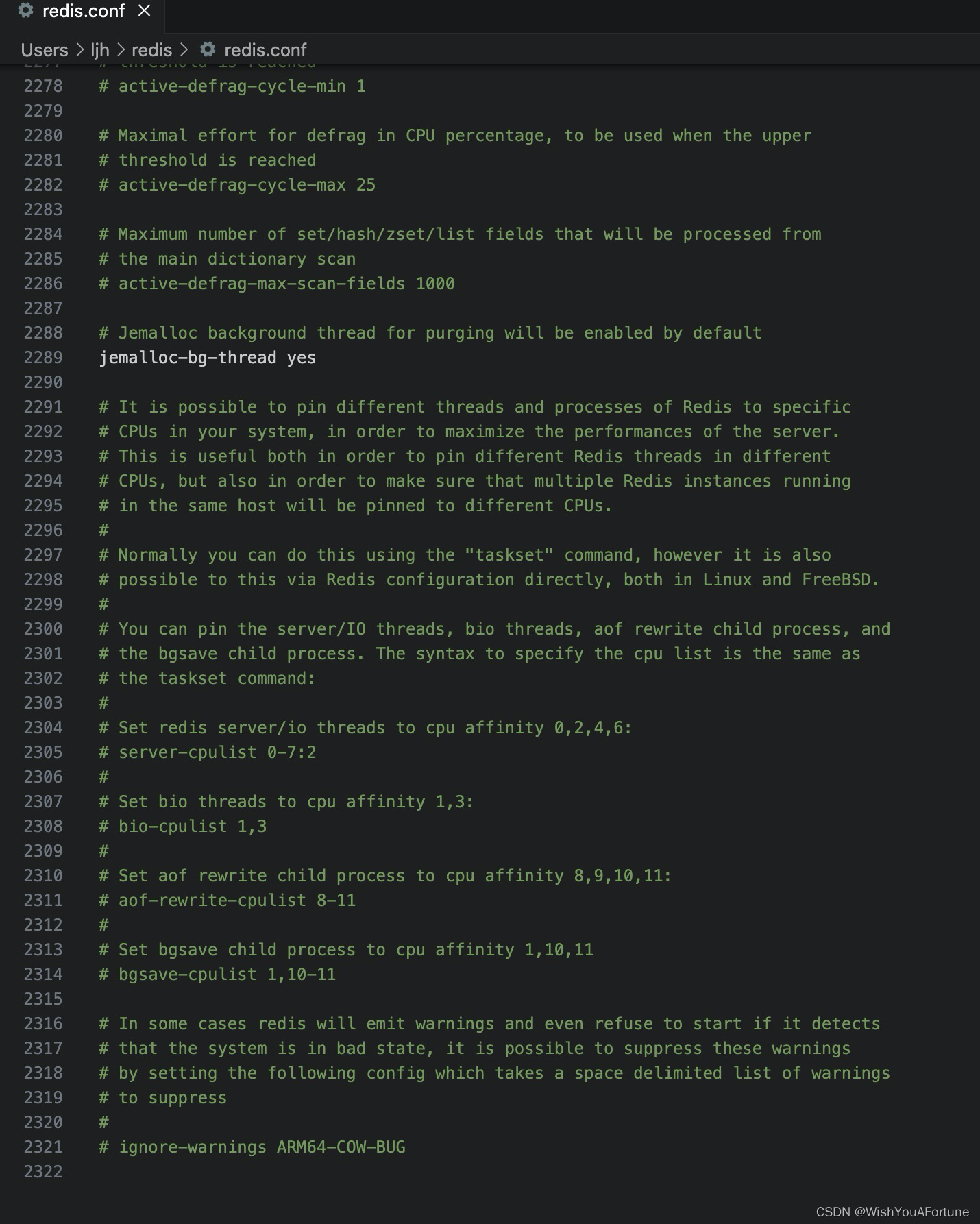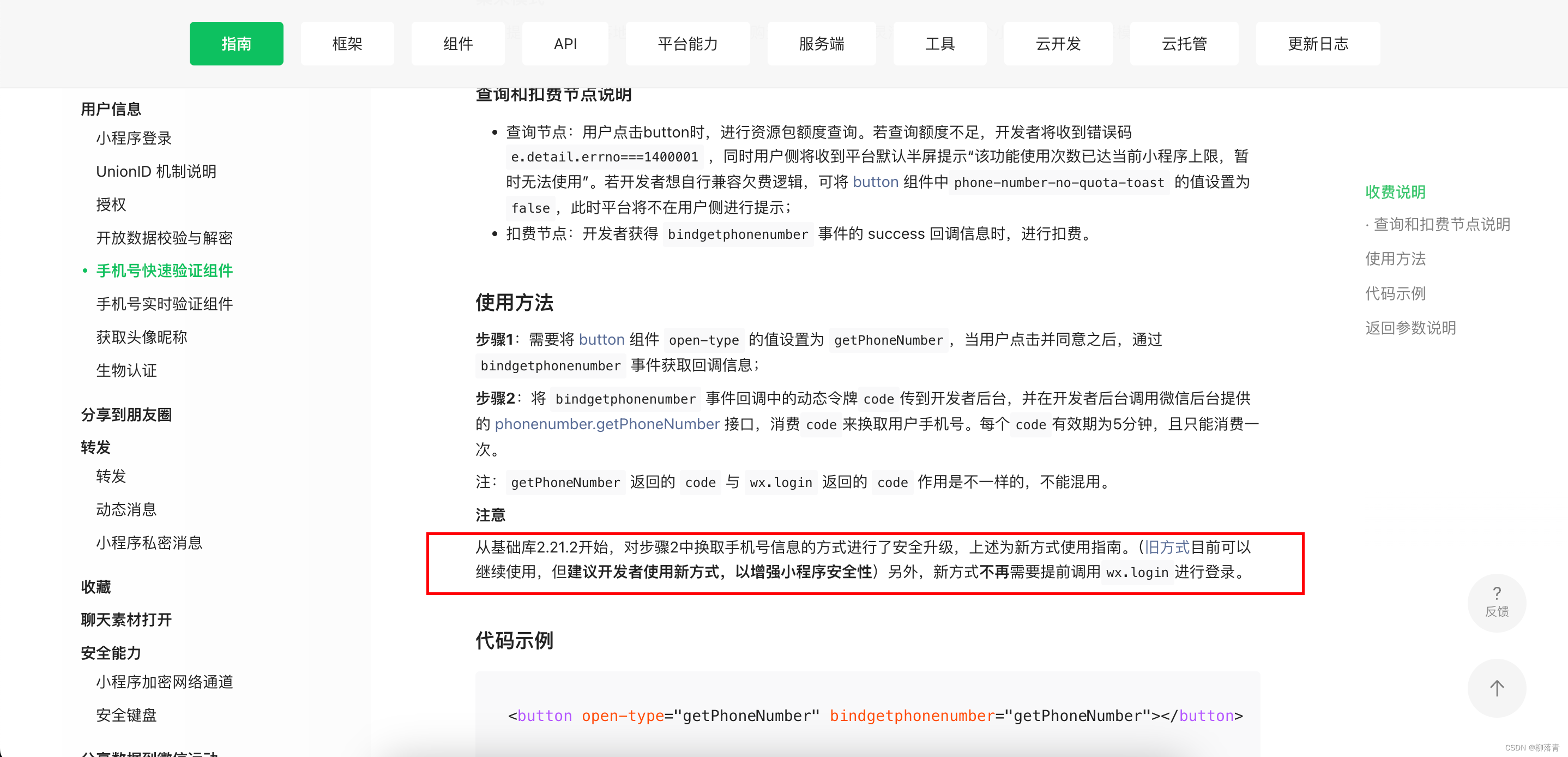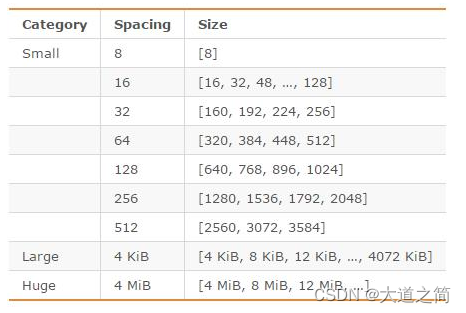📜流体力学电磁学运动学动力学化学和电路中欧拉法
📜流体力学电磁学运动学动力学化学和电路中欧拉法示例:Python重力弹弓流体晃动微分方程模型和交直流电阻电容电路

✒️多语言实现欧拉法和修正欧拉法
在数学和计算科学中,欧拉方法(也称为前向欧拉方法)是一种用于求解具有给定初值的常微分方程的一阶数值程序。考虑一个微分方程
d
y
/
d
x
=
f
(
x
,
y
)
d y / d x=f(x, y)
dy/dx=f(x,y),初始条件为
y
(
x
0
)
=
y
0
y(x 0)=y 0
y(x0)=y0,则该方程的逐次逼近可由下式给出:
y
(
n
+
1
)
=
y
(
n
)
+
h
∗
f
(
x
(
n
)
,
y
(
n
)
)
y(n+1)=y(n)+h * f(x(n), y(n))
y(n+1)=y(n)+h∗f(x(n),y(n))
其中
h
=
(
x
(
n
)
−
x
(
0
)
)
/
n
h=(x(n)-x(0)) / n
h=(x(n)−x(0))/n, $h $表示步长。选择较小的
h
h
h 值会导致更准确的结果和更多的计算时间。
例如,考虑微分方程 d y / d x = ( x + y + x y ) d y / d x=(x+y+x y) dy/dx=(x+y+xy),初始条件为 y ( 0 ) = 1 y (0)=1 y(0)=1,步长为 h = 0.025 h =0.025 h=0.025。求 y ( 0.1 ) y(0.1) y(0.1)。
解: f ( x , y ) = ( x + y + x y ) f(x, y)=(x+y+x y) f(x,y)=(x+y+xy)
x 0 = 0 , y 0 = 1 , h = 0.025 x 0=0, y 0=1, h=0.025 x0=0,y0=1,h=0.025
现在我们可以使用欧拉公式计算
y
1
y_1
y1
y
1
=
y
0
+
h
∗
f
(
x
0
,
y
0
)
y
1
=
1
+
0.025
∗
(
0
+
1
+
0
∗
1
)
y
1
=
1.025
y
(
0.025
)
=
1.025.
\begin{aligned} & y_1=y 0+h * f(x 0, y 0) \\ & y_1=1+0.025 *(0+1+0 * 1) \\ & y_1=1.025 \\ & y(0.025)=1.025 . \end{aligned}
y1=y0+h∗f(x0,y0)y1=1+0.025∗(0+1+0∗1)y1=1.025y(0.025)=1.025.
类似地我们可以计算
y
(
0.050
)
,
y
(
0.075
)
,
…
y(0.050), y(0.075), \ldots
y(0.050),y(0.075),…
y
(
0.1
)
y(0.1)
y(0.1)
y ( 0.1 ) = 1.11167 y(0.1)=1.11167 y(0.1)=1.11167
Python实现:
def func( x, y ):
return (x + y + x * y)
def euler( x0, y, h, x ):
temp = -0
while x0 < x:
temp = y
y = y + h * func(x0, y)
x0 = x0 + h
print("Approximate solution at x = ", x, " is ", "%.6f"% y)
x0 = 0
y0 = 1
h = 0.025
x = 0.1
euler(x0, y0, h, x)
C++实现:
#include <iostream>
using namespace std;
float func(float x, float y)
{
return (x + y + x * y);
}
void euler(float x0, float y, float h, float x)
{
float temp = -0;
while (x0 < x) {
temp = y;
y = y + h * func(x0, y);
x0 = x0 + h;
}
cout << "Approximate solution at x = "
<< x << " is " << y << endl;
}
int main()
{
float x0 = 0;
float y0 = 1;
float h = 0.025;
float x = 0.1;
euler(x0, y0, h, x);
return 0;
}
C#实现:
using System;
class GFG {
static float func(float x, float y)
{
return (x + y + x * y);
}
static void euler(float x0, float y, float h, float x)
{
while (x0 < x) {
y = y + h * func(x0, y);
x0 = x0 + h;
}
Console.WriteLine("Approximate solution at x = "
+ x + " is " + y);
}
public static void Main()
{
float x0 = 0;
float y0 = 1;
float h = 0.025f;
float x = 0.1f;
euler(x0, y0, h, x);
}
}
Java实现:
import java.io.*;
class Euler {
float func(float x, float y)
{
return (x + y + x * y);
}
void euler(float x0, float y, float h, float x)
{
float temp = -0;
while (x0 < x) {
temp = y;
y = y + h * func(x0, y);
x0 = x0 + h;
}
System.out.println("Approximate solution at x = "
+ x + " is " + y);
}
public static void main(String args[]) throws IOException
{
Euler obj = new Euler();
float x0 = 0;
float y0 = 1;
float h = 0.025f;
float x = 0.1f;
obj.euler(x0, y0, h, x);
}
}
JavaScript实现:
<script>
function func(x, y)
{
return (x + y + x * y);
}
function euler(x0, y, h, x)
{
let temp = -0;
while (x0 < x) {
temp = y;
y = y + h * func(x0, y);
x0 = x0 + h;
}
document.write("Approximate solution at x = "
+ x + " is " + y);
}
let x0 = 0;
let y0 = 1;
let h = 0.025;
let x = 0.1;
euler(x0, y0, h, x);
</script>
预测校正器或修正欧拉法
Python实现
def f(x, y):
v = y - 2 * x * x + 1;
return v;
def predict(x, y, h):
y1p = y + h * f(x, y);
return y1p;
def correct(x, y, x1, y1, h):
e = 0.00001;
y1c = y1;
while (abs(y1c - y1) > e + 1):
y1 = y1c;
y1c = y + 0.5 * h * (f(x, y) + f(x1, y1));
return y1c;
def printFinalValues(x, xn, y, h):
while (x < xn):
x1 = x + h;
y1p = predict(x, y, h);
y1c = correct(x, y, x1, y1p, h);
x = x1;
y = y1c;
print("The final value of y at x =",
int(x), "is :", y);
if __name__ == '__main__':
x = 0; y = 0.5;
xn = 1;
h = 0.2;
printFinalValues(x, xn, y, h);
C++实现
#include <bits/stdc++.h>
using namespace std;
double f(double x, double y)
{
double v = y - 2 * x * x + 1;
return v;
}
double predict(double x, double y, double h)
{
double y1p = y + h * f(x, y);
return y1p;
}
double correct(double x, double y,
double x1, double y1,
double h)
{
double e = 0.00001;
double y1c = y1;
do {
y1 = y1c;
y1c = y + 0.5 * h * (f(x, y) + f(x1, y1));
} while (fabs(y1c - y1) > e);
return y1c;
}
void printFinalValues(double x, double xn,
double y, double h)
{
while (x < xn) {
double x1 = x + h;
double y1p = predict(x, y, h);
double y1c = correct(x, y, x1, y1p, h);
x = x1;
y = y1c;
}
cout << "The final value of y at x = "
<< x << " is : " << y << endl;
}
int main()
{
double x = 0, y = 0.5;
double xn = 1;
double h = 0.2;
printFinalValues(x, xn, y, h);
return 0;
}
C#实现
using System;
class GFG
{
static double f(double x, double y)
{
double v = y - 2 * x * x + 1;
return v;
}
static double predict(double x, double y, double h)
{
double y1p = y + h * f(x, y);
return y1p;
}
static double correct(double x, double y,
double x1, double y1,
double h)
{
double e = 0.00001;
double y1c = y1;
do
{
y1 = y1c;
y1c = y + 0.5 * h * (f(x, y) + f(x1, y1));
}
while (Math.Abs(y1c - y1) > e);
return y1c;
}
static void printFinalValues(double x, double xn,
double y, double h)
{
while (x < xn)
{
double x1 = x + h;
double y1p = predict(x, y, h);
double y1c = correct(x, y, x1, y1p, h);
x = x1;
y = y1c;
}
Console.WriteLine("The final value of y at x = "+
x + " is : " + Math.Round(y, 5));
}
static void Main()
{
double x = 0, y = 0.5;
double xn = 1;
double h = 0.2;
printFinalValues(x, xn, y, h);
}
}
Java实现
import java.text.*;
class GFG
{
static double f(double x, double y)
{
double v = y - 2 * x * x + 1;
return v;
}
static double predict(double x, double y, double h)
{
double y1p = y + h * f(x, y);
return y1p;
}
static double correct(double x, double y,
double x1, double y1,
double h)
{
double e = 0.00001;
double y1c = y1;
do
{
y1 = y1c;
y1c = y + 0.5 * h * (f(x, y) + f(x1, y1));
}
while (Math.abs(y1c - y1) > e);
return y1c;
}
static void printFinalValues(double x, double xn,
double y, double h)
{
while (x < xn)
{
double x1 = x + h;
double y1p = predict(x, y, h);
double y1c = correct(x, y, x1, y1p, h);
x = x1;
y = y1c;
}
DecimalFormat df = new DecimalFormat("#.#####");
System.out.println("The final value of y at x = "+
x + " is : "+df.format(y));
}
public static void main (String[] args)
{
double x = 0, y = 0.5;
double xn = 1;
double h = 0.2;
printFinalValues(x, xn, y, h);
}
}
JavaScript实现
<script>
function f(x , y) {
var v = y - 2 * x * x + 1;
return v;
}
function predict(x , y , h) {
var y1p = y + h * f(x, y);
return y1p;
}
function correct(x , y , x1 , y1 , h) {
var e = 0.00001;
var y1c = y1;
do {
y1 = y1c;
y1c = y + 0.5 * h * (f(x, y) + f(x1, y1));
} while (Math.abs(y1c - y1) > e);
return y1c;
}
function printFinalValues(x , xn , y , h) {
while (x < xn) {
var x1 = x + h;
var y1p = predict(x, y, h);
var y1c = correct(x, y, x1, y1p, h);
x = x1;
y = y1c;
}
document.write("The final value of y at x = " + x + " is : " + y.toFixed(5));
}
var x = 0, y = 0.5;
var xn = 1;
var h = 0.2;
printFinalValues(x, xn, y, h);
</script>














![[package-view] RegisterGUI.java-自用](https://img-blog.csdnimg.cn/direct/a12192545cee41cd802e9acdc9c23510.png)




